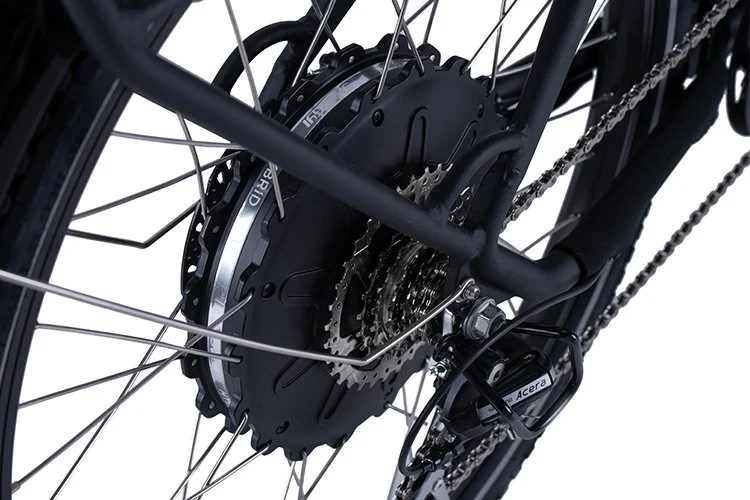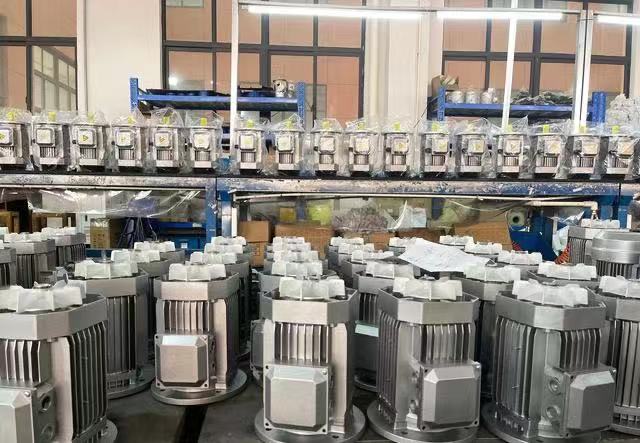Unlock the secrets of Rotor’s Role in EV Efficiency with our comprehensive guide. Dive into the core of electric vehicles, exploring innovations, challenges, and sustainability. Discover the impact of efficient rotor design on range, battery life, and the environment.
Table of Contents
Introduction
Electric vehicles (EVs) have revolutionized the automotive industry, promising a greener and more sustainable future. As of 2022, the global electric car stock surpassed 10 million, marking a significant milestone[^1^]. In this article, we delve deep into the Rotor’s Role in EV Efficiency, uncovering its significance, design intricacies, and its pivotal role in shaping the sustainability landscape.
Understanding the Rotor in an Electric Motor
Electric motors are the driving force behind EVs, and understanding their fundamentals is paramount. The rotor, a central player in this symphony of technology, deserves our attention. Let’s embark on a journey to unravel the basics of electric motors and the indispensable role played by the rotor in powering EVs.
Importance of Efficient Rotor Design
Efficiency is the cornerstone of an exceptional EV experience. A meticulously designed rotor can make all the difference, influencing the vehicle’s range and battery life. In the Tesla Model S, for instance, the innovative rotor design contributes to an impressive range of over 370 miles on a single charge[^2^]. Join us as we explore the critical importance of efficient rotor design, examining its impact on the overall performance of electric vehicles.
Factors Influencing Rotor Efficiency
The devil is in the details, and when it comes to rotor efficiency, the choice of materials and cooling mechanisms becomes paramount. Tesla’s use of high-strength neodymium magnets in its rotors exemplifies the significance of material selection[^3^]. We dissect these factors, shedding light on the decisions that engineers make to ensure optimal performance and longevity of the rotor in an electric motor.
Case Studies on Rotor Efficiency
Numbers tell compelling stories. We present case studies on notable EV models, dissecting their rotors’ real-world performance. In the Nissan Leaf, an emphasis on optimizing rotor performance results in an efficient regenerative braking system, extending the vehicle’s overall efficiency[^4^]. This section provides insights into how different rotor designs affect the driving experience, range, and overall efficiency of electric vehicles.
Challenges and Solutions in Rotor Design
No innovation is without its challenges. Overheating poses a common concern in rotor design, but solutions abound. Advanced cooling mechanisms, such as liquid cooling systems, have been employed to tackle overheating issues in high-performance EVs[^5^]. We address common issues like overheating and explore cost-effective solutions to enhance rotor performance. Uncover the secrets of overcoming obstacles in the journey towards crafting the perfect rotor for EVs.
Rotor’s Role in Sustainability
Beyond the roads, the rotor plays a crucial role in environmental sustainability. According to a study by the International Energy Agency (IEA), the adoption of electric vehicles could result in a reduction of up to 2.5 million barrels of oil per day by 2030[^6^]. Discover how advancements in rotor technology contribute to green transportation, aligning with the global mission to reduce the carbon footprint of the automotive industry.
Future Trends in Rotor Technology
The landscape of rotor technology is ever-evolving. Join us in exploring the future trends, from advancements in magnet technology to the integration of artificial intelligence and smart systems into rotor design. As EV technology progresses, the role of the rotor will likely become even more integral to the overall efficiency and performance of electric vehicles.
Common Myths About Rotor Efficiency
Myths often shroud the truth. In this section, we debunk common misconceptions surrounding rotor efficiency, empowering consumers with knowledge and dispelling any misinformation that may cloud their understanding of this vital EV component.
Optimizing Rotor Performance for EVs
Knowledge is power, and maintaining your EV’s rotor is key to ensuring longevity and peak performance. Discover practical tips for regular maintenance and explore the exciting world of DIY rotor upgrades, putting the power back in the hands of EV enthusiasts.
Rotor’s Role in EV Efficiency
Let’s zoom in on the crux of our discussion—the direct impact of the rotor on EV efficiency. Gain valuable insights into how the rotor influences the overall performance of electric vehicles, shaping the driving experience for EV owners.
Frequently Asked Questions (FAQs)
- How does the rotor affect EV efficiency? The rotor is pivotal in converting electrical energy into mechanical energy, directly impacting an EV’s efficiency by influencing power output and overall performance.
- Can the rotor be upgraded in older EVs? While upgrades are possible, compatibility issues may arise. Consult with experts to explore suitable options for enhancing rotor performance in older electric vehicles.
- Are there aftermarket rotors available? Yes, aftermarket rotors exist, providing options for customization



